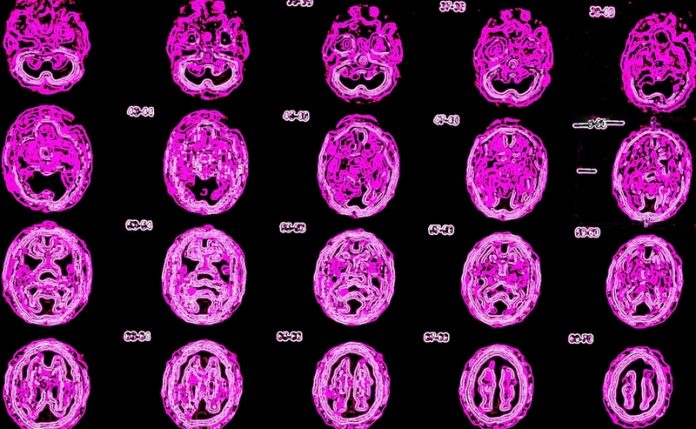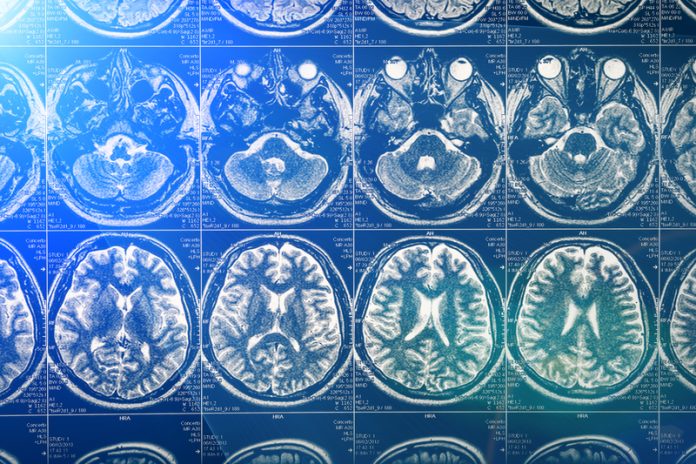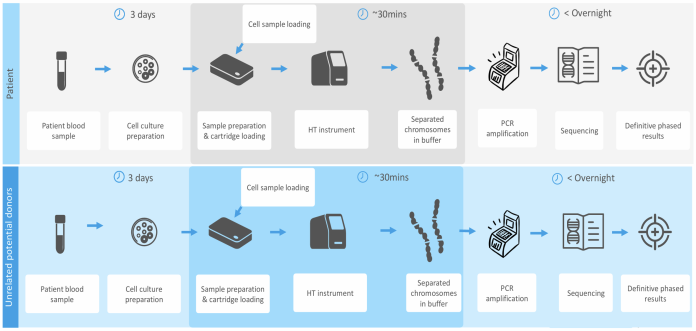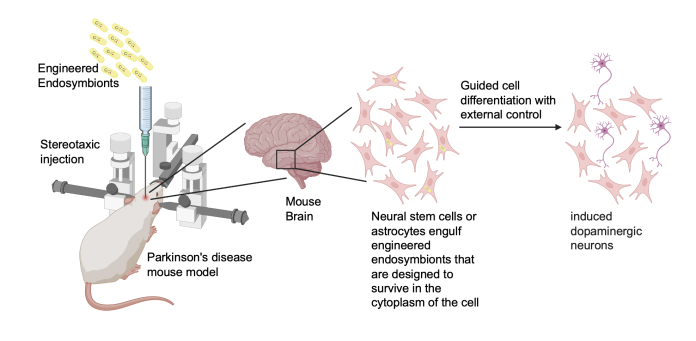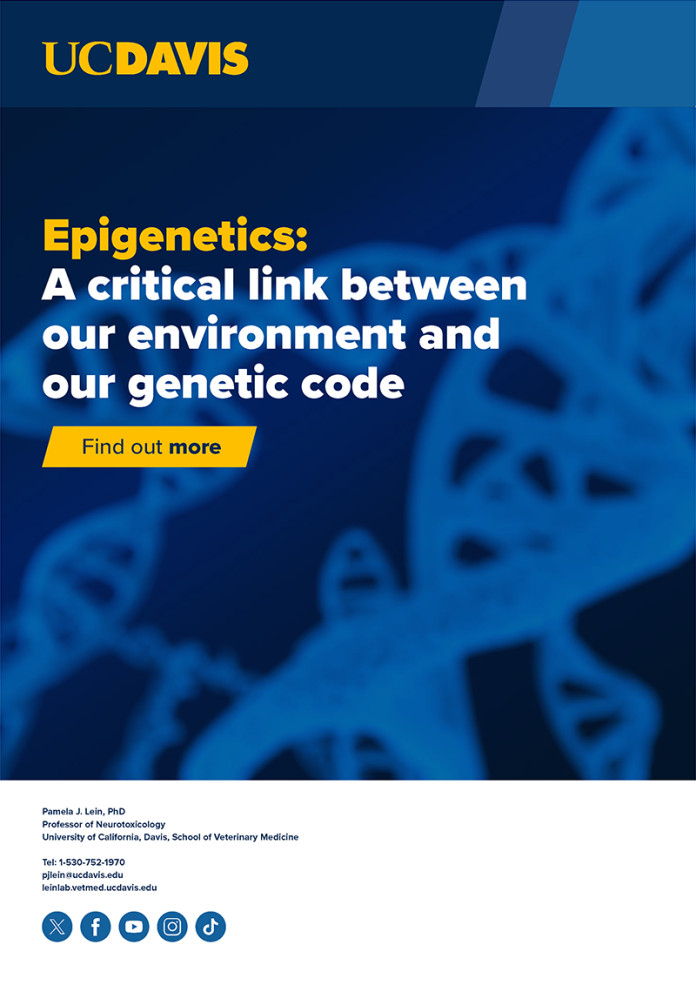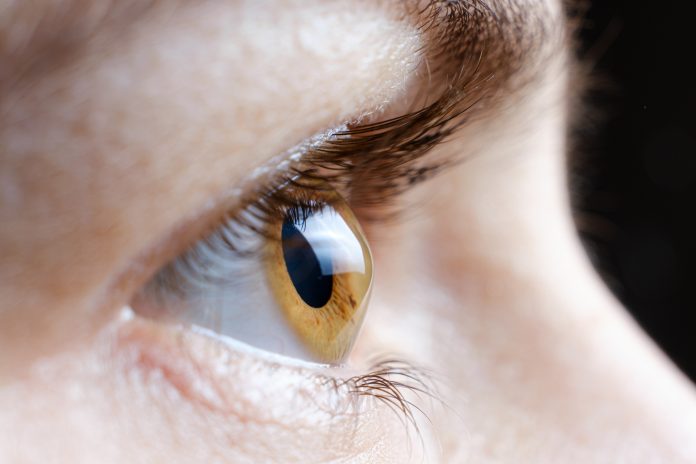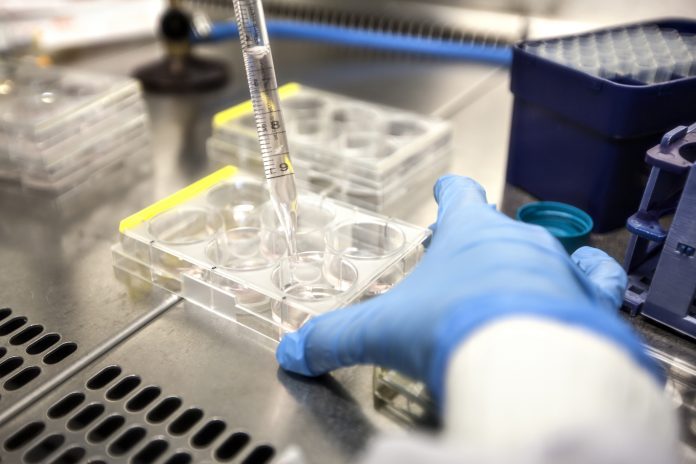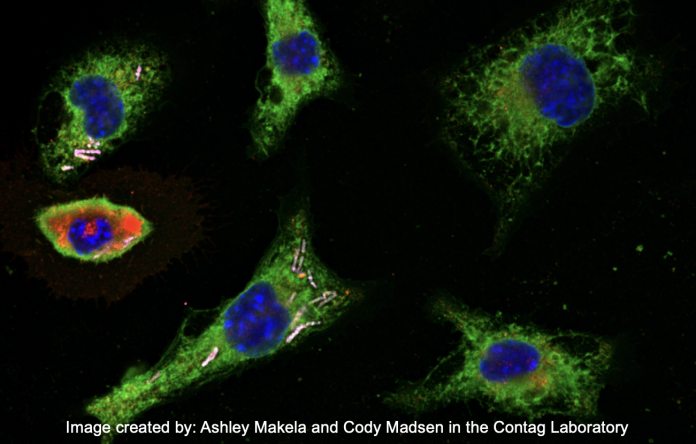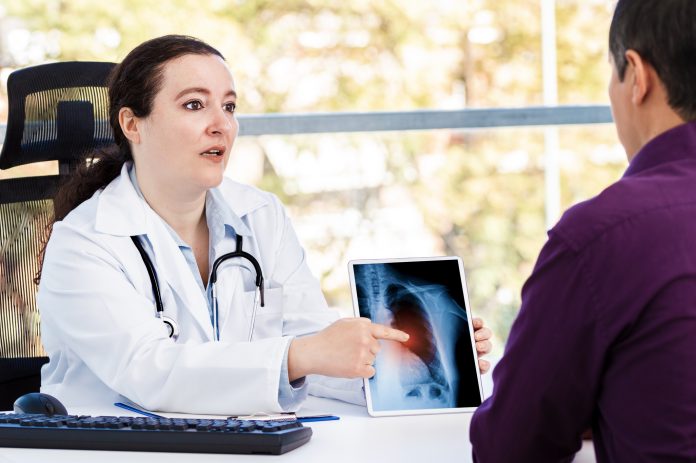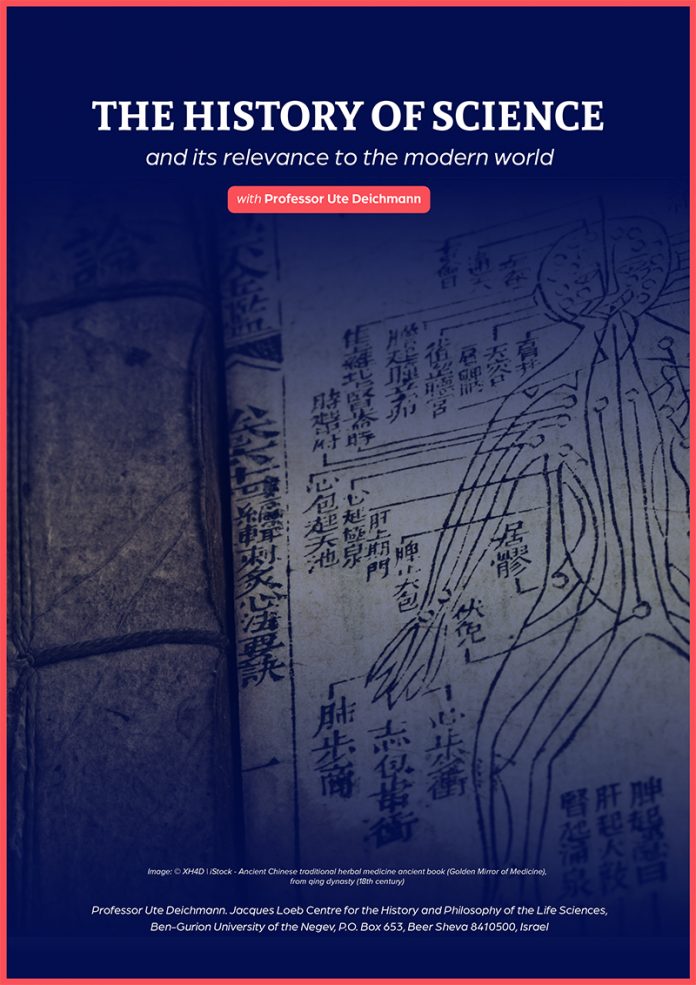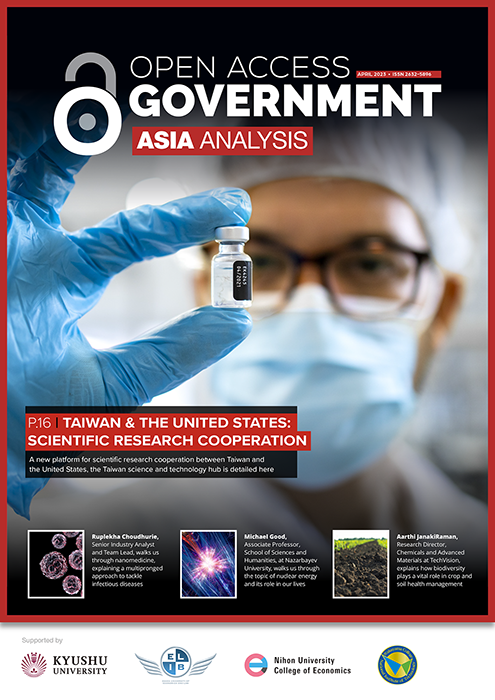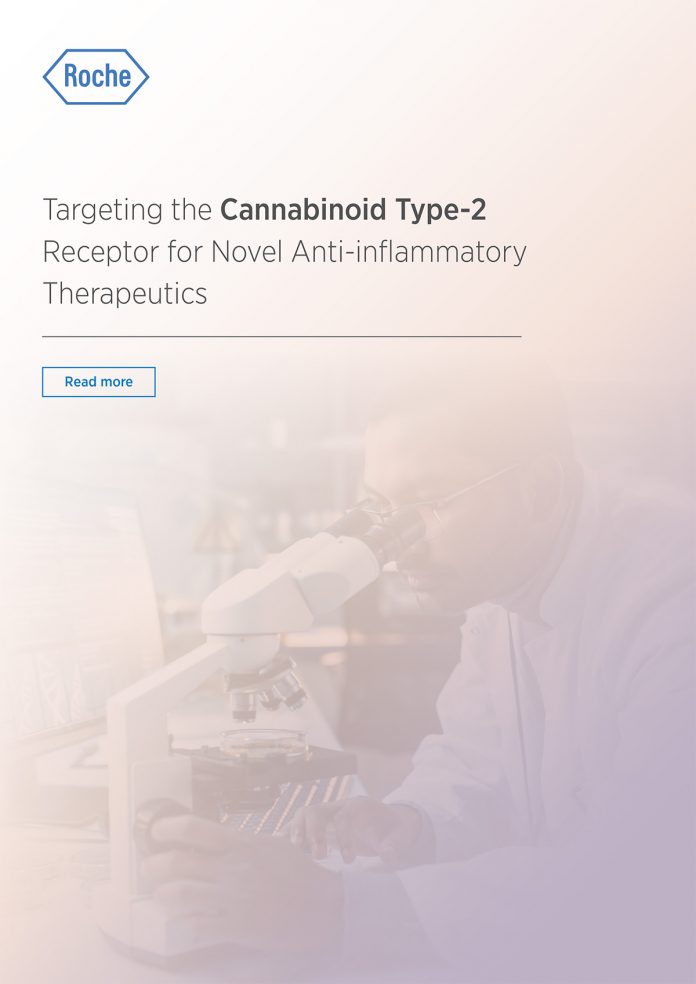Open Access Government produces compelling and informative news, publications, eBooks, and academic research articles for the public and private sector looking at health, diseases & conditions, workplace, research & innovation, digital transformation, government policy, environment, agriculture, energy, transport and more.
Home Search
Nuclear medicine - search results
If you're not happy with the results, please do another search
PET imaging of neurodegenerative diseases
Prof. Dr Axel Rominger from the Ludwig-Maximilian-University of Munich on how neurodegenerative diseases can be studied through PET imaging
Institute of Clinical Research, University of Southern Denmark
‘Nuclear Medicine Research’ digital e-book
"We had a visit by our Prime Minister, Helle Thorning-Schmidt and Minister of Health, Nick Hækkerup, who arrived for an ultra-short visit of our Hospital to see how cancer patients are received at our Emergency Department and hear about “AgeCare”.
"Instead of delivering a page or...
Medical imaging – revolutionising healthcare
Professor Alison Murray, Director of the Aberdeen Biomedical Imaging Centre, University of Aberdeen, explains how medical imaging has transformed healthcare over the years
Modern imaging is an essential part of healthcare and has come a long way since the discovery of X-rays in 1895 by Wilhelm Roentgen. Developments by researchers...
Cancer imperialism – how to diagnose bone metastases?
Cancer is an unreliable disease. Just as you think you are familiar with it and can begin treating and hopefully curing it, it is no longer as you thought it was.
It has coloured its hair, carries other garments, or has changed its lifestyle making it unrecognisable and impossible...
Innovative brain imaging
Energy defects, neuroinflammatory processes, and abnormal cellular morphology in neurodegenerative diseases (ND) would constitute extremely informative brain imaging biomarkers of disease progression and readouts in clinical trials. Emerging research aims at developing novel brain imaging methods to study these different aspects not only in animal models but also in...
Single chromosome sequencing to obtain genetic phase (haplotyping)
Brian Tait, Chief Scientific Officer at Haplomic Technologies Pty Ltd, examines single chromosome sequencing to obtain genetic phase (haplotyping).
Neuroengineering with engineered endosymbionts
Christopher H. Contag and Ahmed A. Zarea from Michigan State University’s Institute for Quantitative Health Science and Engineering explore therapeutic approaches to neurodegenerative diseases using a novel strategy based on engineered endosymbionts systems that could revolutionize patient care.
Stina Simonsson – University of Gothenburg
Dr Stina Simonsson (female), principal investigator (PI) and group leader at Clinical Chemistry and Transfusion Medicine at Sahlgrenska Hospital, Institute of Biomedicine at Gothenburg University (UGOT) in Sweden.
Her research interests are molecular events in medicine, primarily the rejuvenation and reprogramming of cells. In recent years the main focus has...
Epigenetics: A critical link between our environment and our genetic code
The sequencing of the human genome at the turn of the 21st century was heralded as a monumental scientific achievement. Scientists around the globe expected that this new-found technology would accelerate understanding of human biology and revolutionize medicine by identifying genetic causes of disease, which could then be cured with gene therapy.
New markers in blood could predict vision loss risk in glaucoma patients
Researchers from UCL and Moorfields Eye Hospital have identified potential markers in the blood that could change the treatment of glaucoma, a leading cause of irreversible blindness worldwide.
Manchester researchers secure ERC Grants for ground-breaking scientific projects
Seven Manchester researchers have been awarded prestigious European Research Council (ERC) advanced grants for ambitious, curiosity-driven scientific projects in an effort to support scientific breakthroughs.
Potential infertility treatment: Skin cells transformed into viable eggs
A new technique by researchers at Oregon Health & Science University (OHSU) could change the infertility treatment .
Engineered endosymbionts as novel cancer therapeutics
Satyajit Hari Kulkarni and Christopher H. Contag from the Institute for Quantitative Health Science and Engineering focus on engineered endosymbionts, which they argue is a paradigm shift in anticancer bacteriotherapy toward killing tumors from the inside out.
Lessons from Libby: Understanding the impact of asbestos exposure
Jean C. Pfau, Scientific Consultant at the Center for Asbestos Related Disease, shares the devasting story of asbestos exposure occurring in a Rocky Mountain town of Montana and the critical lessons that can be learned from this event.
Dr Jean Pfau and the Center for Asbestos Related Disease (CARD)
Jean C. Pfau is an immunotoxicologist with a PhD in Microbiology and Biochemistry. Dr Pfau currently serves as a scientific consultant for the Center for Asbestos Related Disease (CARD) in Libby, Montana.
Youth as essential problem-solvers of our futures
Nancy Butler Songer, Associate Provost of STEM Education at the University of Utah, discusses the importance of supporting and including young people as part of environmental decision-making teams and key problem-solvers of our futures.
How COVID-19 triggers Mitochondrial Dysfunction across organs
COVID-19's hidden impact: Unmasking Mitochondrial Dysfunction across organ systems Since COVID-19, researchers have been perplexed by this.
The History of Science: A Q&A with Professor Ute Deichmann
Professor Ute Deichmann, Jacques Loeb Centre for the History and Philosophy of the Life Sciences, shares some of her expertise of the history of science, with a particular focus on misconceptions and threats to modern day science.
Asia Analysis April 2023
You are warmly invited to the Spring edition of Asia Analysis, a compelling assortment of profoundly absorbing policy articles on many subjects.
Targeting the Cannabinoid Type-2 Receptor for Novel Anto-inflammatory Therapeutics
Type-2 cannabinoid receptor (CB2R) is a G-protein-coupled receptor (GPCR) and an essential element of the endocannabinoid system (ECS) [1].

